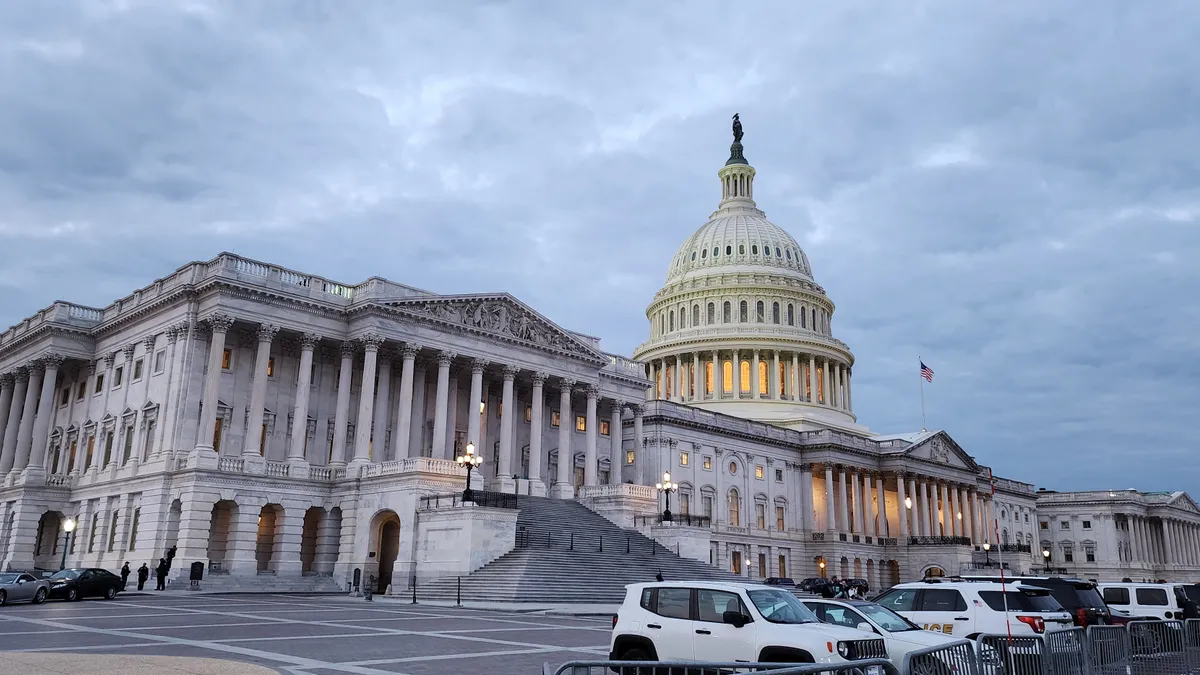Dive Brief:
- The maximum Pell Grant for fiscal year 2024 would increase by $250 — to $7,645 — under a bipartisan spending proposal passed by the Senate Appropriations Committee last week.
- The committee voted 26-2 to recommend $79.6 billion in discretionary funding for the U.S. Department of Education, which would provide the agency with flat funding in line with current spending levels.
- Meanwhile, the House Appropriations Committee two weeks earlier proposed just $67.4 billion for the Education Department, representing a roughly $12 billion reduction from current spending levels. The cuts would include keeping funding for the Pell Grant program flat and eliminating certain student aid programs.
Dive Insight:
Although the House and Senate proposals for Education Department funding differ widely, they both fall well short of President Joe Biden’s proposed budget. In March, he had pitched $90 billion for the agency, including boosting the maximum Pell Grant award to $8,215.
That plan didn’t have much chance of getting through a deeply divided Congress, where Republicans dominate the House, and Democrats hold only a narrow majority in the Senate.
But hopes for elements of Biden’s blueprint to pass were further dashed when congressional lawmakers cut a deal in June to raise the debt ceiling limit, averting a potential economic disaster. Under that agreement, lawmakers flat-funded federal education spending for fiscal 2024 and limited increases to 1% for fiscal 2025.
Although the Senate’s plan includes a Pell Grant increase, the proposed hike would be smaller than recent expansions. The maximum award grew by $400 in fiscal 2022 and $500 in fiscal 2023.
Even with those increases, the Pell Grant — designed to help low- and moderate-income students afford college — has much less purchasing power than it once did.
In the 2023-24 academic year, the Pell Grant is expected to cover around 32% of average tuition, fees, and room and board at public four-year colleges, a huge drop from the 79% covered in the 1975-76 academic year, according to one recent analysis.
For student aid administration, the Senate plan would set aside $150 million in part to help the Education Department support borrowers who are reentering repayment. A roughly three-year freeze on federal student loan payments lifts in October.
Meanwhile, the Republican-controlled House is hoping for deep cuts to the Education Department.
That chamber's plan includes a proposal to eliminate Federal Work-Study, which funds part-time employment for students, and the Federal Supplemental Educational Opportunity Grant, which provides up to $4,000 to the lowest-income students.















